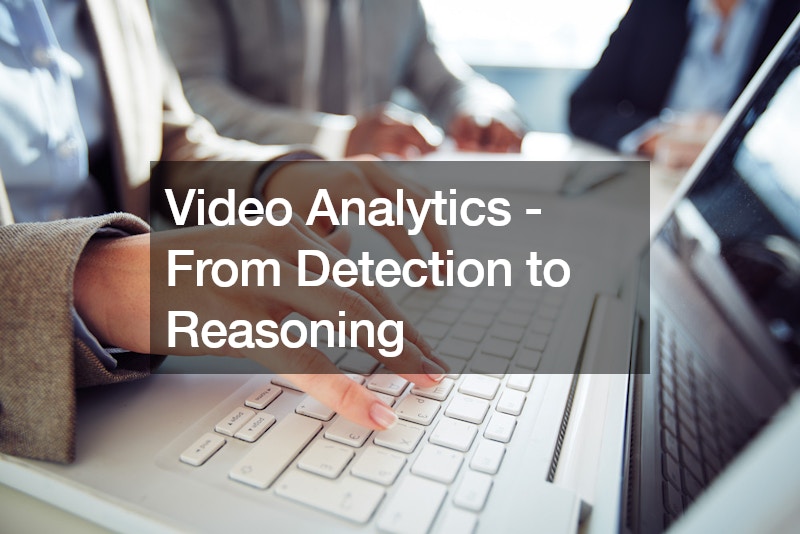Video Analytics – From Detection to Reasoning


Video analytics has revolutionized the way we extract insights from visual data, enabling us to glean valuable information for various applications. At the core of video analytics lie three essential steps: detection, tracking, and reasoning. Understanding these fundamental steps is paramount for businesses leveraging video analytics services.
Detection is the initial phase where objects or events of interest are identified within a video frame. This process often leverages deep learning algorithms to classify and locate objects accurately.
However, detection alone is insufficient for comprehensive analysis.
Tracking steps in to bridge the gap between individual frames, ensuring continuity in identifying and monitoring objects over time. Unlike detection, tracking relies on classical computer vision techniques to follow objects’ trajectories, enabling a deeper understanding of their movements and interactions.
Yet, the true power of video analytics emerges with reasoning, the final step in the process. Here, the detected and tracked data are analyzed and interpreted to derive meaningful insights. This phase often involves applying rules-based analytics to make sense of the detected objects’ behaviors, such as counting people crossing a predefined line or detecting anomalies in a monitored area.
Integrating video analytics into business operations can lead to improved efficiency, enhanced security protocols, and better customer insights. By understanding these three fundamental steps, organizations can harness the full potential of video analytics for diverse applications, ranging from security surveillance to retail analytics. With detection, tracking, and reasoning working in harmony, video analytics becomes a powerful tool for decision-making and optimization across various industries.
.
